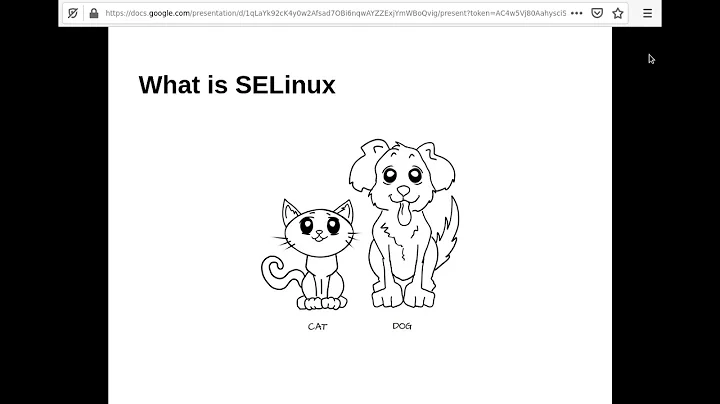Configuring SELINUX to allow logging to a file that's outside /var/log
If you look at the context set for the directory /var/log you'll noticed the following things.
First, the directory /var/log has the following selinux context set:
$ ls -Z /var | grep "log$"
drwxr-xr-x. root root system_u:object_r:var_log_t:s0 log
Second, the log file, /var/log/messages, has no additional context:
$ ls -Z /var/log/messages
-rw------- root root ? /var/log/messages
So it would seem that you only need to set a context similar to the one on /var/log on whatever directory you're planning on writing this additional log file to. Something like this should do it.
Method #1: replicating selinux label
Below will copy the context that's associated with /var/log and apply it to /opt/blah as well.
$ mkdir /opt/blah
$ ls -Z /opt | grep blah
drwxr-xr-x root root ? blah
# label directory with context
$ chcon --reference /var/log /opt/blah
# see the newly added context
$ ls -Z /opt/ | grep blah
drwxr-xr-x. root root system_u:object_r:var_log_t:s0 blah
Method #2: applying context directly
You can also apply them directly like so:
$ chcon system_u:object_r:var_log_t:s0 /opt/blah
I'm away from a system where I can confirm the need to run these commands but I believe you need to tell SELinux to pick up these newly applied contexts to the filesystem as well.
$ semanage fcontext -a -t var_log_t "/opt(/.*)?"
$ restorecon -R -v /opt
confirm changes
# confirm identical to /var/log context
$ ls -Z /var/ | grep "log$"
drwxr-xr-x. root root system_u:object_r:var_log_t:s0 log
References
- RHEL Deployment Guide - Chapter 44. Working With SELinux
- CentOS SELinux Howto
- 5.6.2. Persistent Changes: semanage fcontext
Related videos on Youtube
Admin
Updated on September 18, 2022Comments
-
 Admin over 1 year
Admin over 1 yearI have a daemon that uses syslog(3) to log to a file that is not a descendant of /var/log. Currently, this requires that SELINUX be disabled. How can I configure an enabled SELINUX to allow this logging?
I am an SELINUX novice. Any guidance or advice would be appreciated.
-
lorenzog almost 8 yearsWhere are the actual commands? I only see comments like
# label directory with context -
 slm almost 3 years@lorenzog - The command are everything that come after a
slm almost 3 years@lorenzog - The command are everything that come after a$. That's demarkation for a prompt. Everything w/ a#is a comment.




